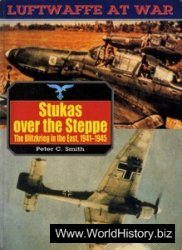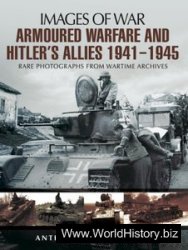The highland survey method was pioneered by William T. Sanders in the Basin of Mexico and then exported to Oaxaca (Mexico), Peru, and China among other world areas. In highland Mexico before the advent of pedestrian surveys in the 1960s the known sites numbered in the low hundreds; since then, over 10 000 sites have been mapped and published. These settlement data have been essential to developing second - and third-stage research (intensive site surveys and excavations) at sites first recorded on survey as well as reanalyses of survey data for questions beyond those posed by the original surveyors. Expansion of this method around the globe is also bringing areas formerly overlooked into comparative studies of societal organization and change.
Highland surveys are designed for 100% aerial coverage given the view that probabilistic surveys obscure the regional variability of sites and are especially troublesome for the subset of larger sites (consider the interpretive difficulties should one miss Teotihuacan in the Basin of Mexico). To put the matter another way: the goal for full-coverage survey is finding sites, not finding reasons to explain why you did not. Thus, the discussions over proper spacing between surveyors and what sorts of terrain to cover miss the point: the best technique - if you want to find all the sites - is to walk in a zigzag within given transects rather than perfectly straight like soldiers on parade. Similarly, walking over unplowed terrain as well as establishing base camps in the mountains extends the range of survey coverage in remote locations, further raising the likelihood of finding all the sites still visible on the surface. Good indirect measures of the intensity of coverage are finding rare artifacts, such as projectile points, or large numbers of very small sites. Of 1000 sites recorded on a recent survey in the Mixteca Alta, Mexico, more than half were less than 1 ha in size.
Objectives for these surveys are to obtain specific regional data sets: site size over time; site plans drawn to scale; artifact distributions; place names; ancient and modern agricultural features; and data on the natural environment. Data of all kinds are recorded directly onto air photo enlargements or scaled topographic maps of the region. Artifact and especially pottery collections are made opportunistically to date occupations and observe their distributions on the regional level, not to measure within-site variation best left to a second stage of more intensive research at one or a few sites. Most surveyors using the highland technique bring detailed site forms paired with notebooks for data recording in the field. Monographs by Jeffrey R. Parsons are among the basic sources on the method.
Recent updates of the highland method include the Brian S. Bauer and R. Alan Covey surveys near Cuzco (Peru) with their targeted second-stage sampling, and intelligent use of new technology such as the personal data assistant (PDA), global positioning system (GPS), and laser distance meters. The use of transit and stadia rod much less the total station on full-coverage surveys remains a dubious prospect in regions with hundreds of sites, but it is nonetheless worthwhile to generate digital information and maps by other means or as parts of targeted second-stage sampling. Apart from their methodological unity, the surveys mentioned above all emphasize site function and inter-site relationships as basic to social organization and change, making them suitable for comparative studies.




 World History
World History









